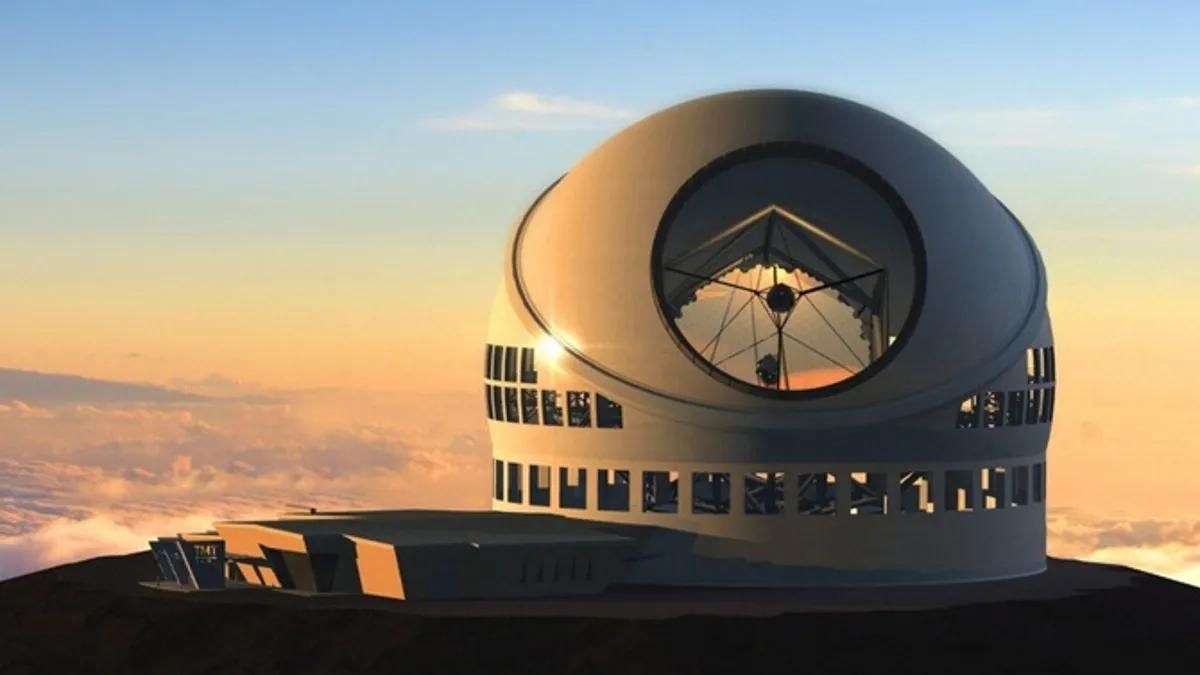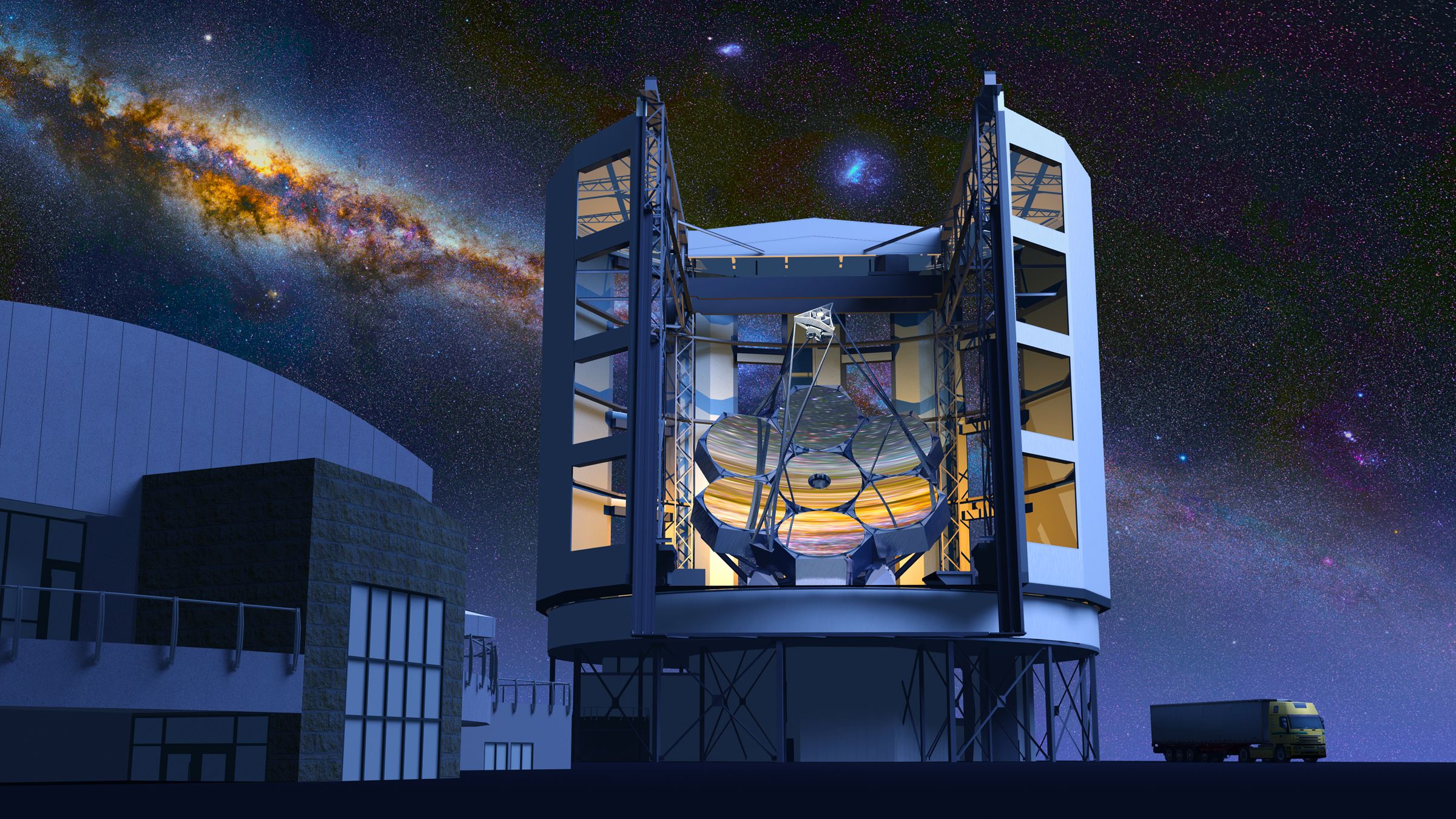
Image credit : Hackster.io ...
news-extra-space

 Image credit- CNN Business[/caption]
The telescope is designed to guarantee the generation of top-notch scientific findings, provides the prerequisites for optical observation, and develops priceless expertise that China may use in the future to build larger-caliber ground optical telescopes and launch massive space-splicing telescopes.
The splicing mirror technology-based 6-8m all-purpose optical telescope can be constructed over the course of two stages and seven years. In the first phase, which will continue for five years, from 2024 to 2028, a rack and a dome will be built.
[caption id="attachment_76907" align="alignright" width="600"]
Image credit- CNN Business[/caption]
The telescope is designed to guarantee the generation of top-notch scientific findings, provides the prerequisites for optical observation, and develops priceless expertise that China may use in the future to build larger-caliber ground optical telescopes and launch massive space-splicing telescopes.
The splicing mirror technology-based 6-8m all-purpose optical telescope can be constructed over the course of two stages and seven years. In the first phase, which will continue for five years, from 2024 to 2028, a rack and a dome will be built.
[caption id="attachment_76907" align="alignright" width="600"] Five-hundred-metre Aperture Spherical Radio Telescope (FAST) under construction in Pingtang, southwest China's Guizhou province.
Five-hundred-metre Aperture Spherical Radio Telescope (FAST) under construction in Pingtang, southwest China's Guizhou province. Image credit- CNN Business[/caption]
According to Peking University, the project will probably cost between 500 and 600 million yuan ($71-68 million) overall. EAST would be built on Saishiteng Mountain, close to Lenghu Town, in the Qinghai Province of the Tibetan plateau, at a height of around 13,800 feet (4,200 m).
The Lenghu Saishiteng Mountain, at a height of 4,200 metres, has been under close observation by the domestic site selection team for three years.
They have gathered information about weather, dust, and atmospheric turbulence, as well as a sizable amount of information on precipitable water vapour, during this time, as well as information on atmospheric seeing, skylight background, the percentage of clear nights that can be observed, and atmospheric seeing.
Peking University reports that the typical viewing value at the Saishiteng Mountain Station is 0.75 arcsecond, and the skylight background is darker than 22 magnitudes/square arcsecond on a moonless night.
Image credit- CNN Business[/caption]
According to Peking University, the project will probably cost between 500 and 600 million yuan ($71-68 million) overall. EAST would be built on Saishiteng Mountain, close to Lenghu Town, in the Qinghai Province of the Tibetan plateau, at a height of around 13,800 feet (4,200 m).
The Lenghu Saishiteng Mountain, at a height of 4,200 metres, has been under close observation by the domestic site selection team for three years.
They have gathered information about weather, dust, and atmospheric turbulence, as well as a sizable amount of information on precipitable water vapour, during this time, as well as information on atmospheric seeing, skylight background, the percentage of clear nights that can be observed, and atmospheric seeing.
Peking University reports that the typical viewing value at the Saishiteng Mountain Station is 0.75 arcsecond, and the skylight background is darker than 22 magnitudes/square arcsecond on a moonless night.
Leave a Reply






